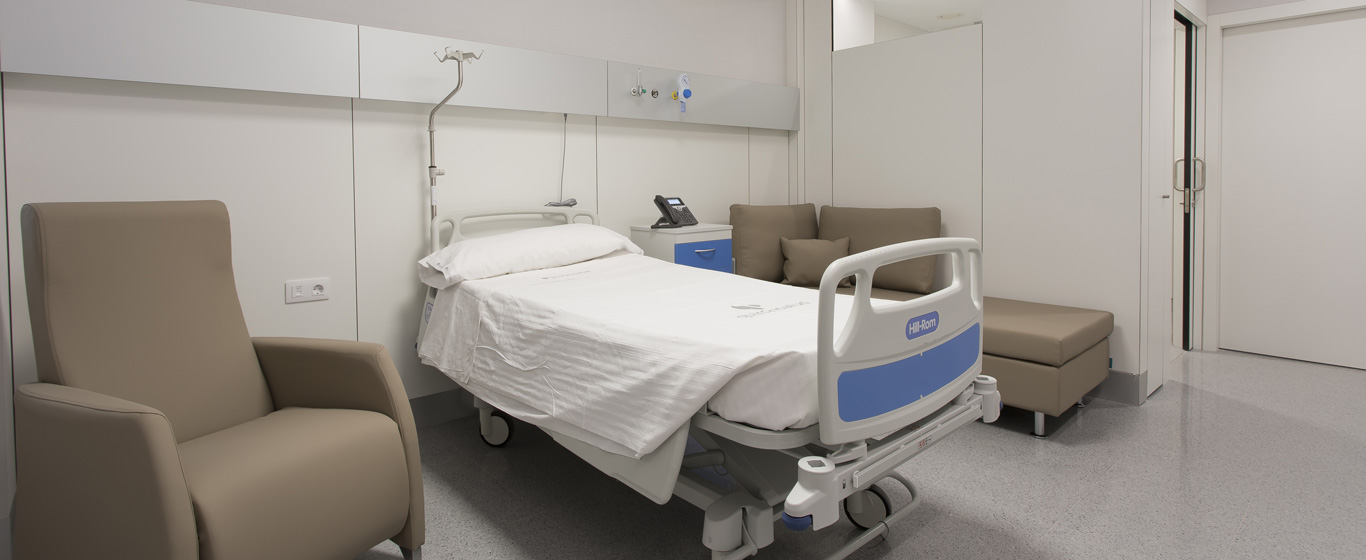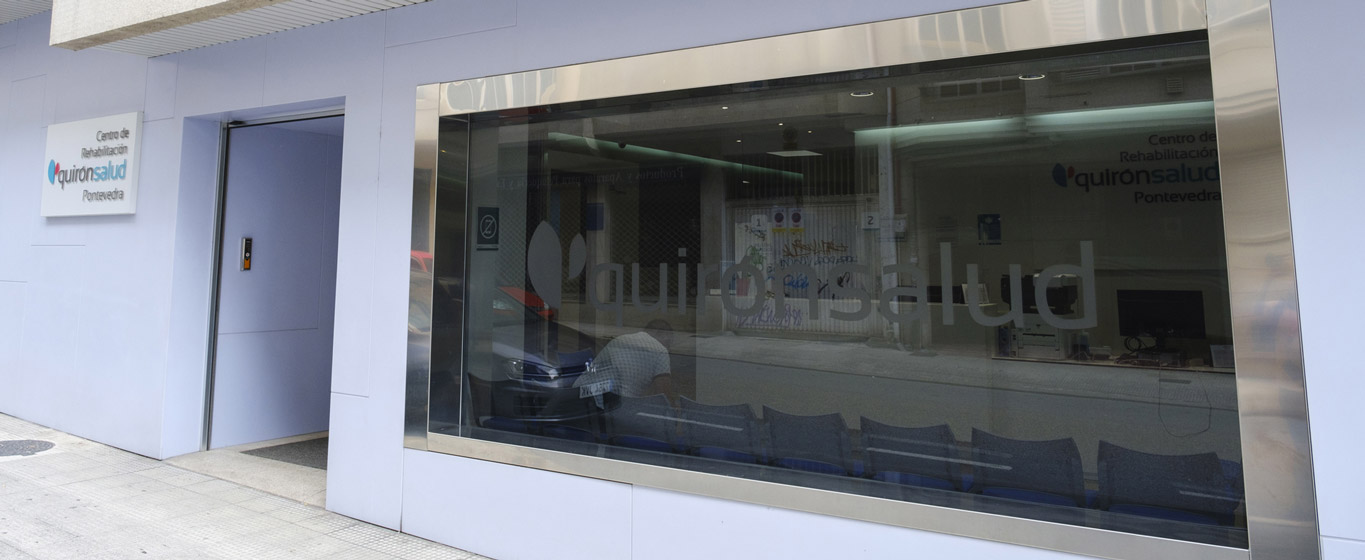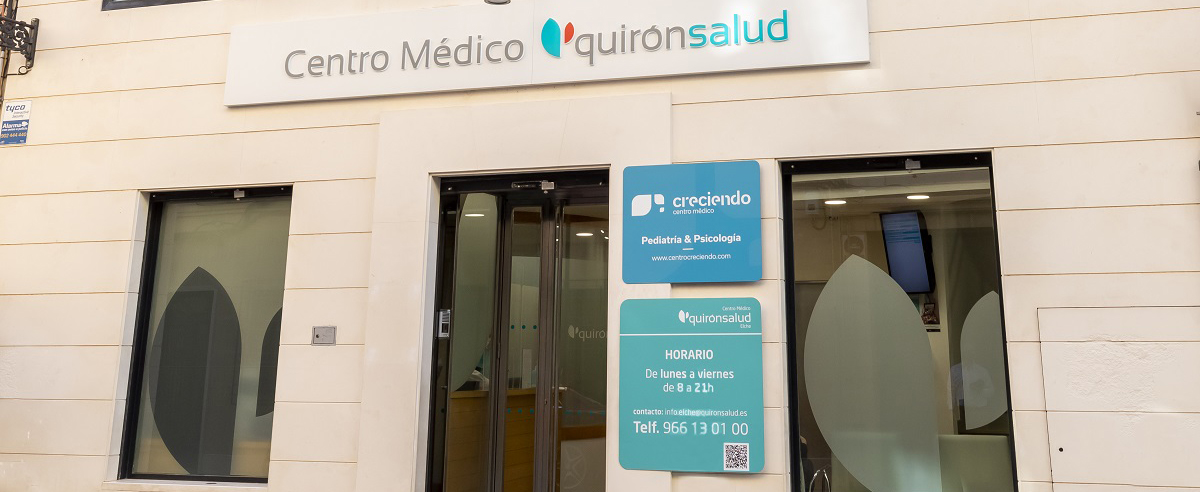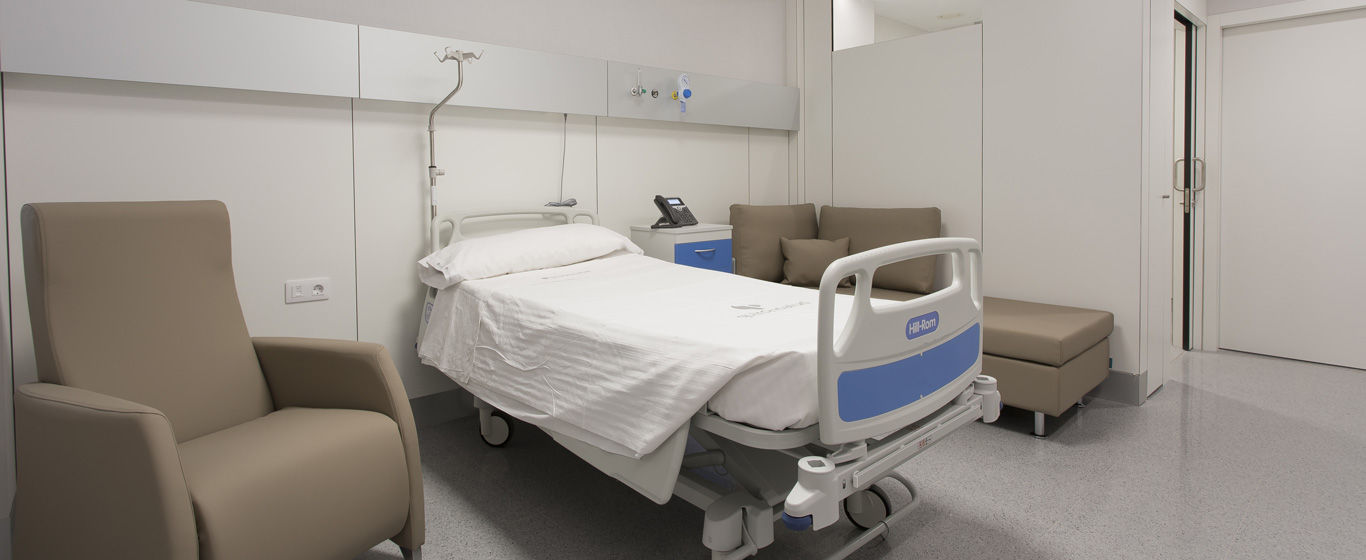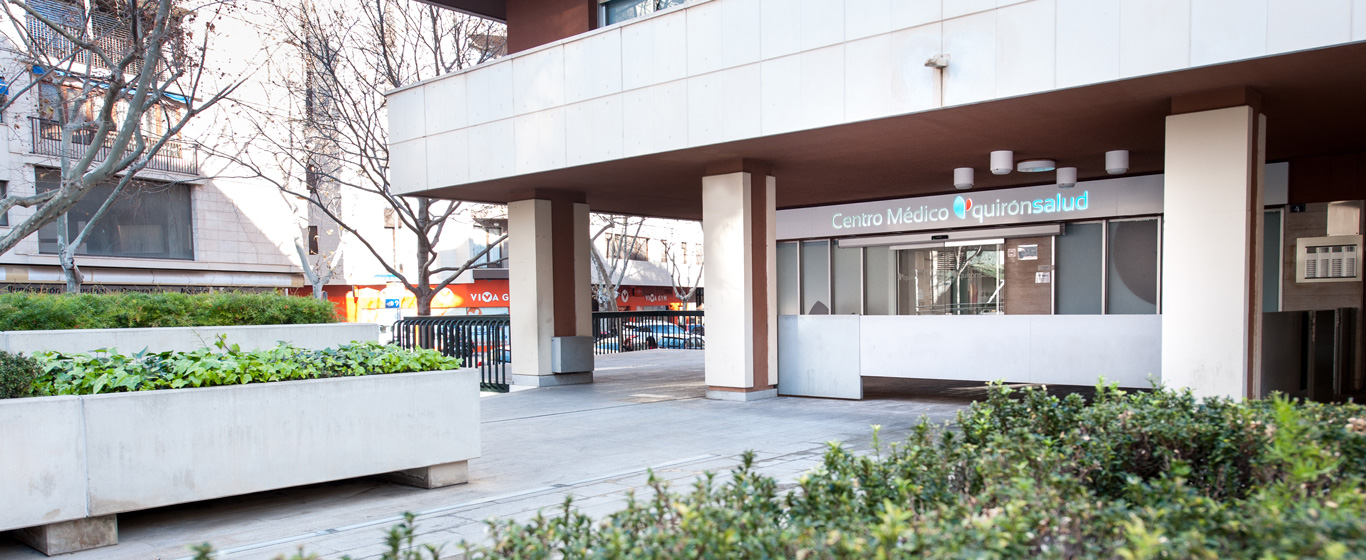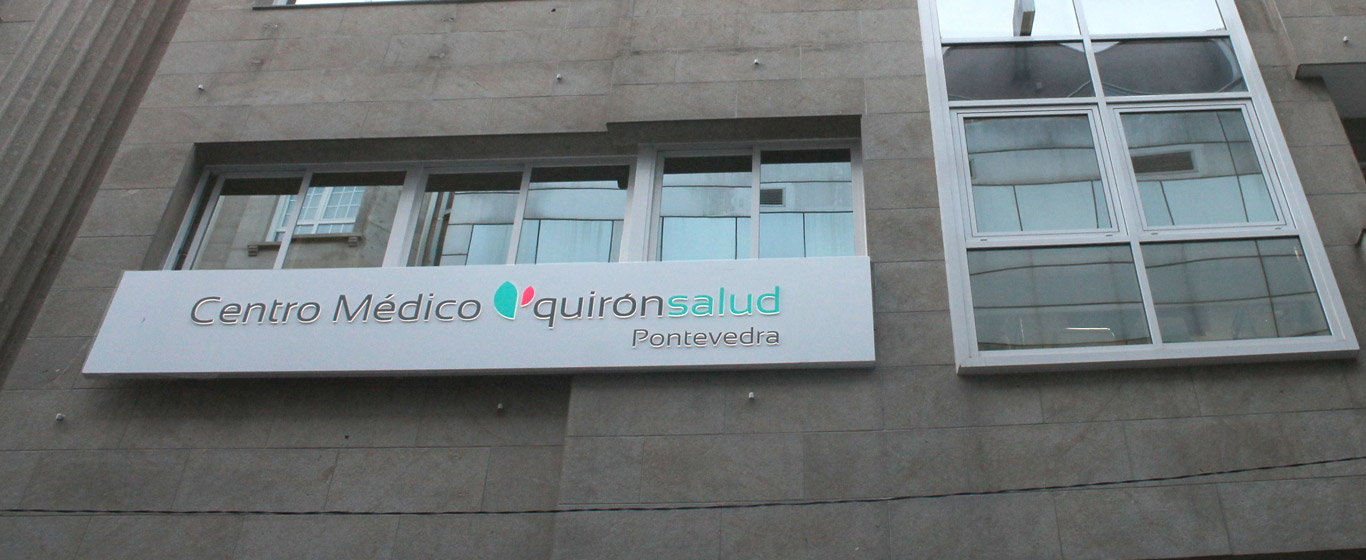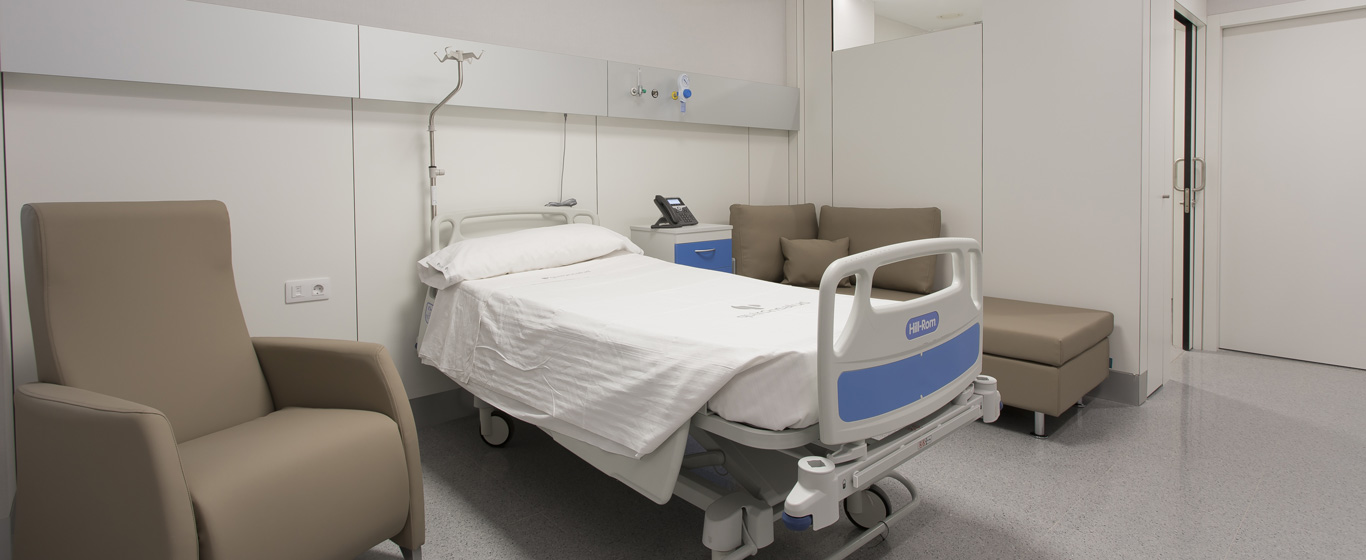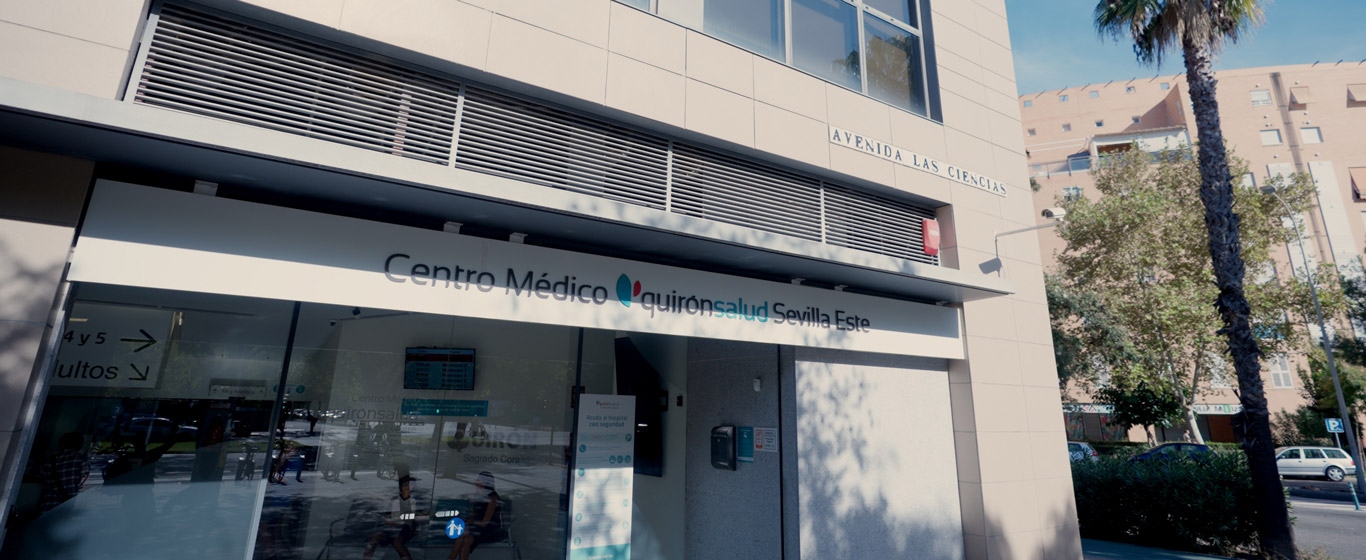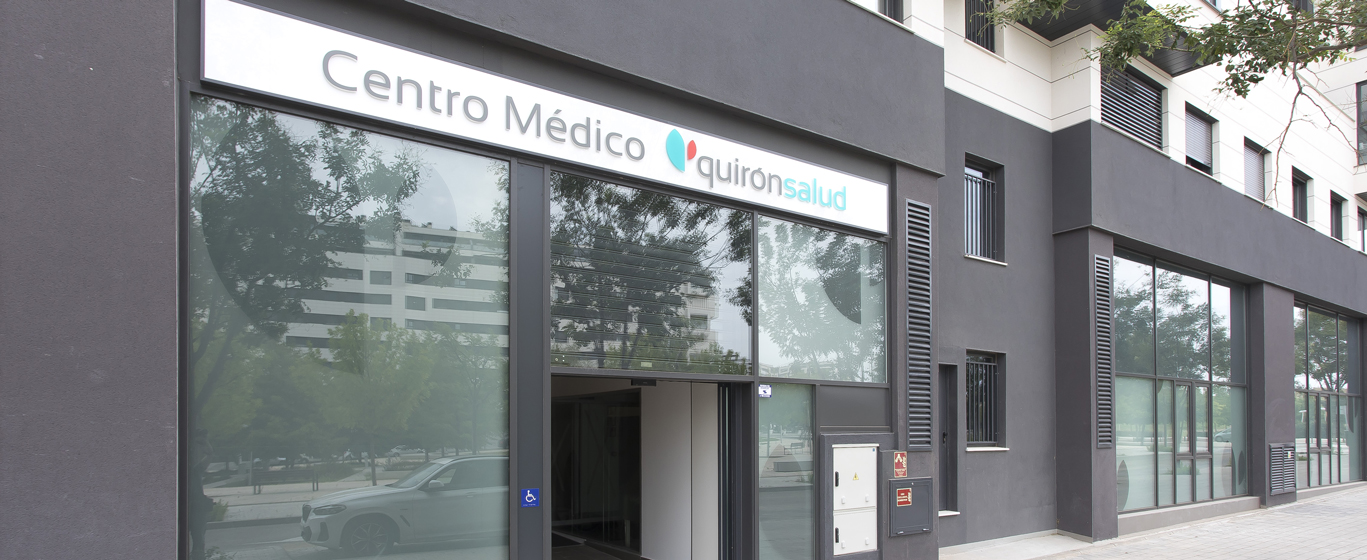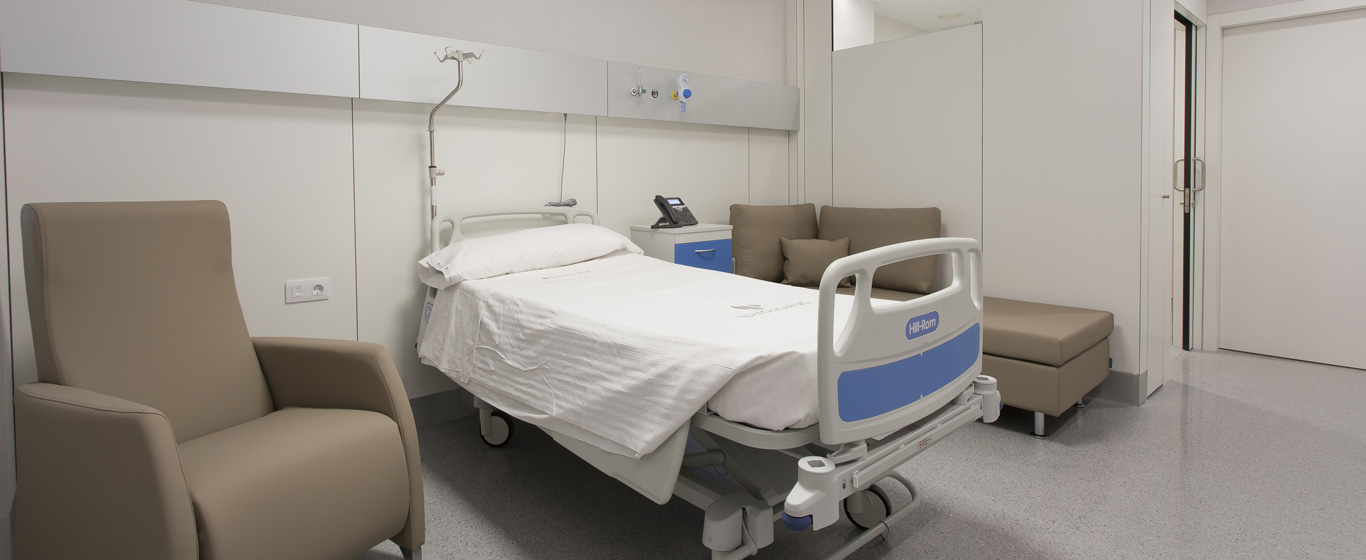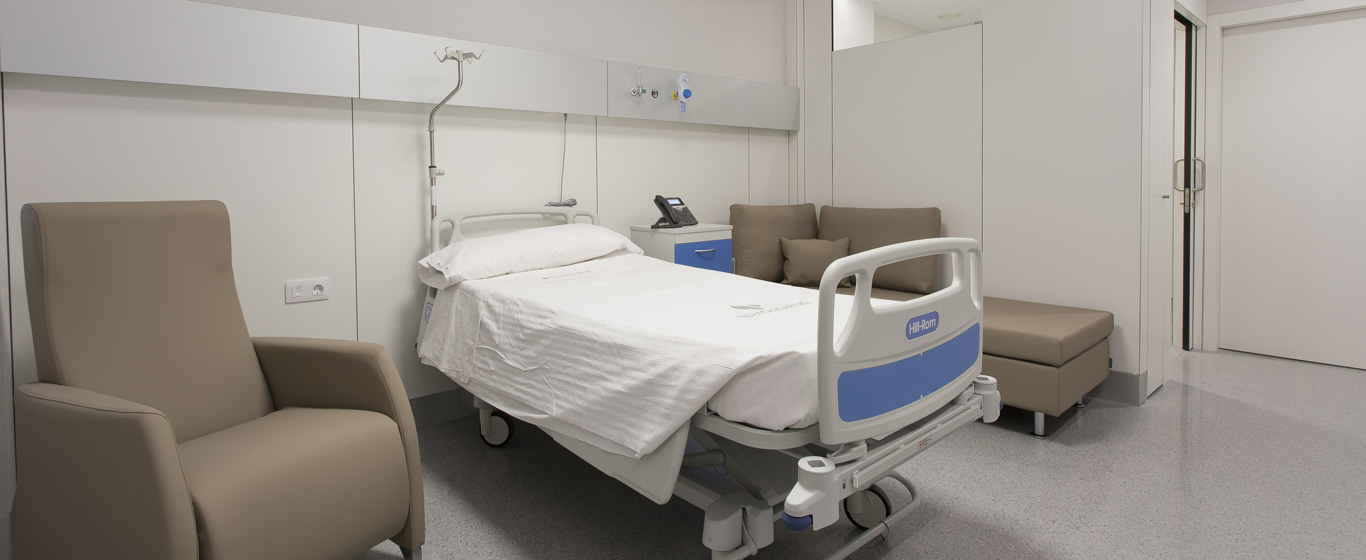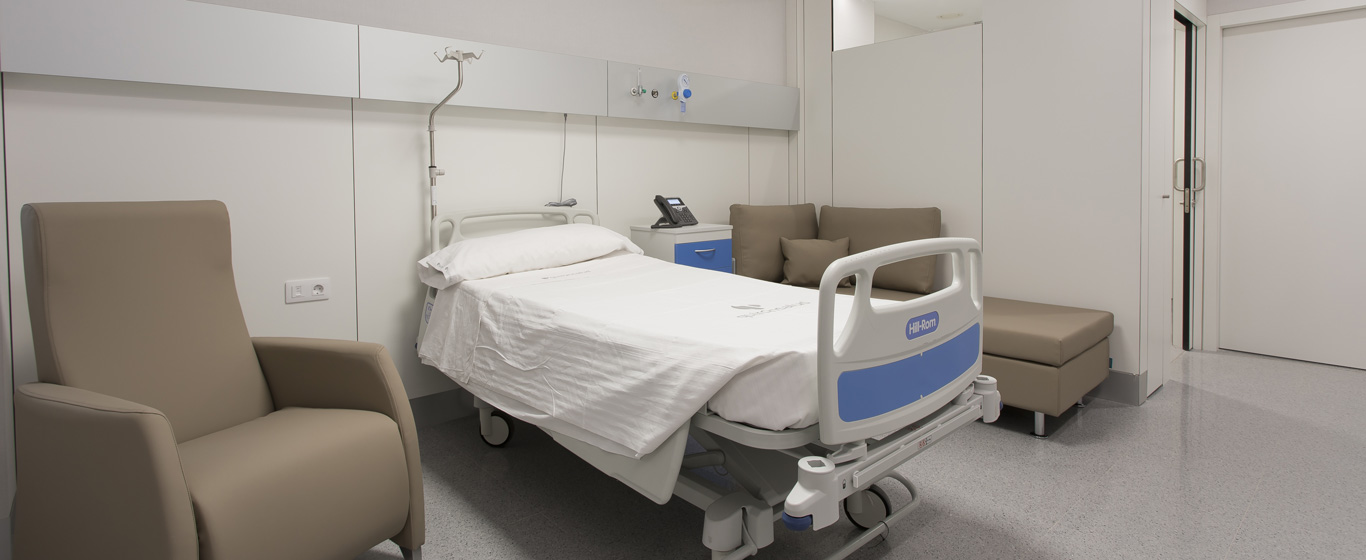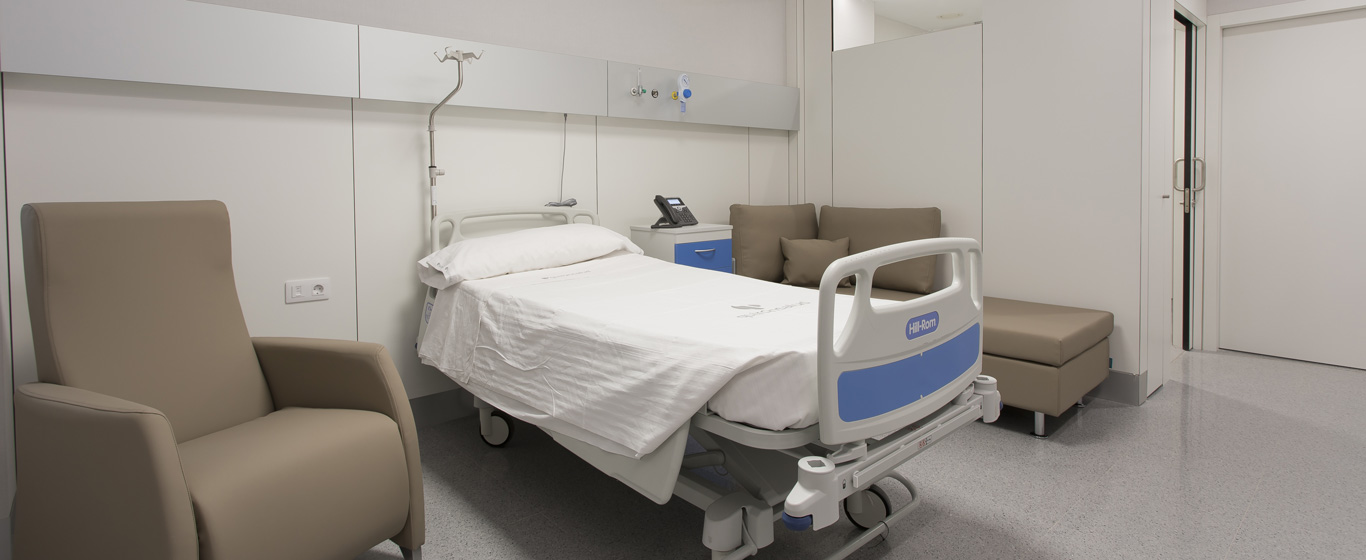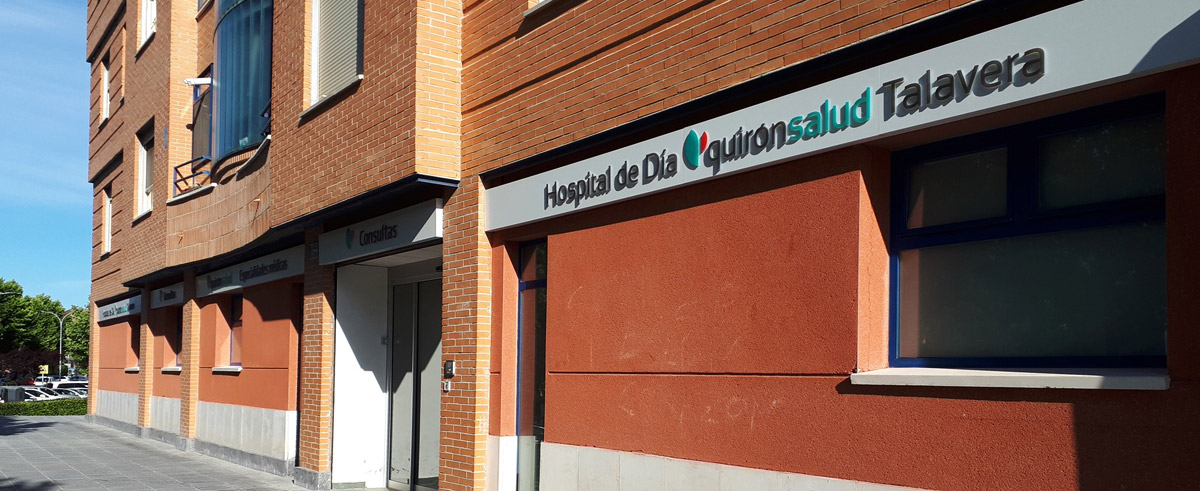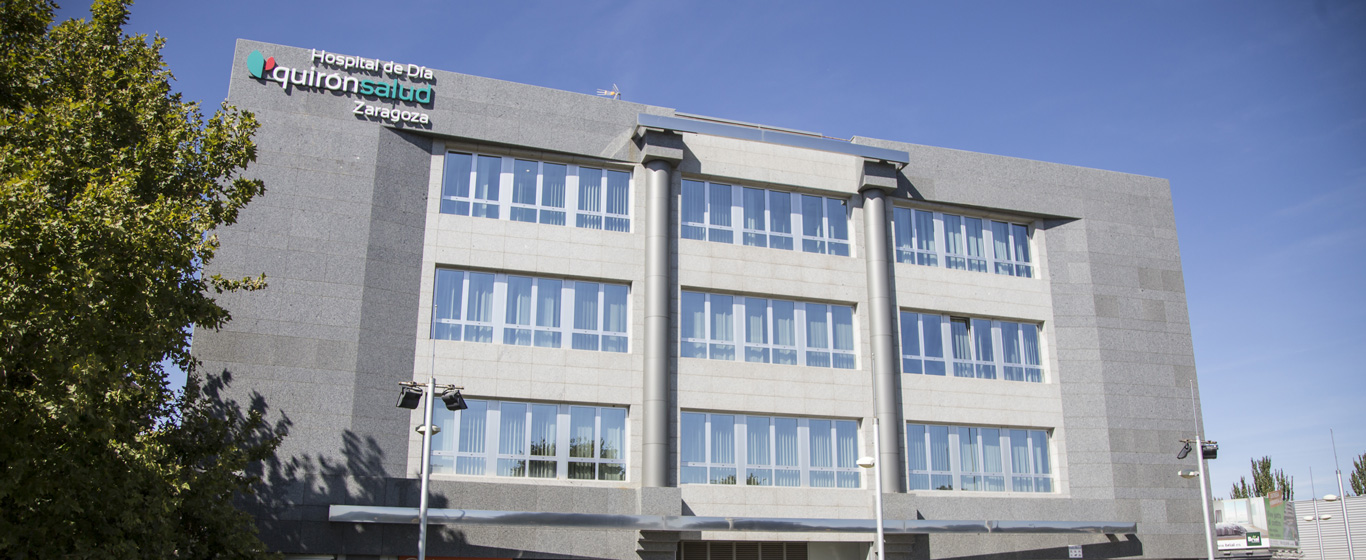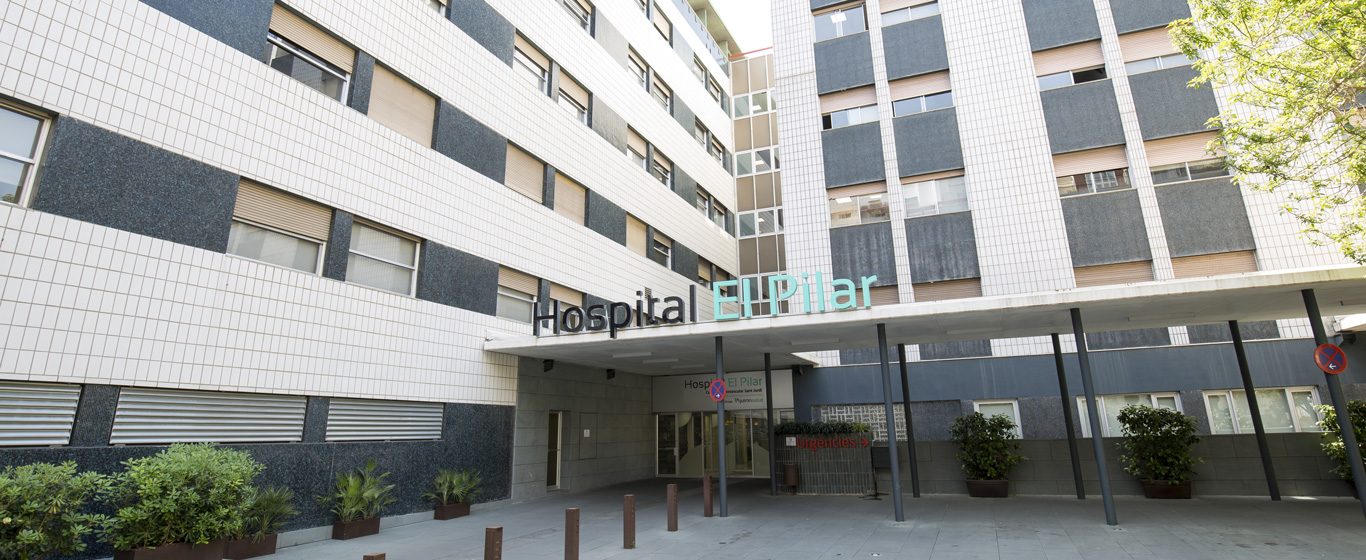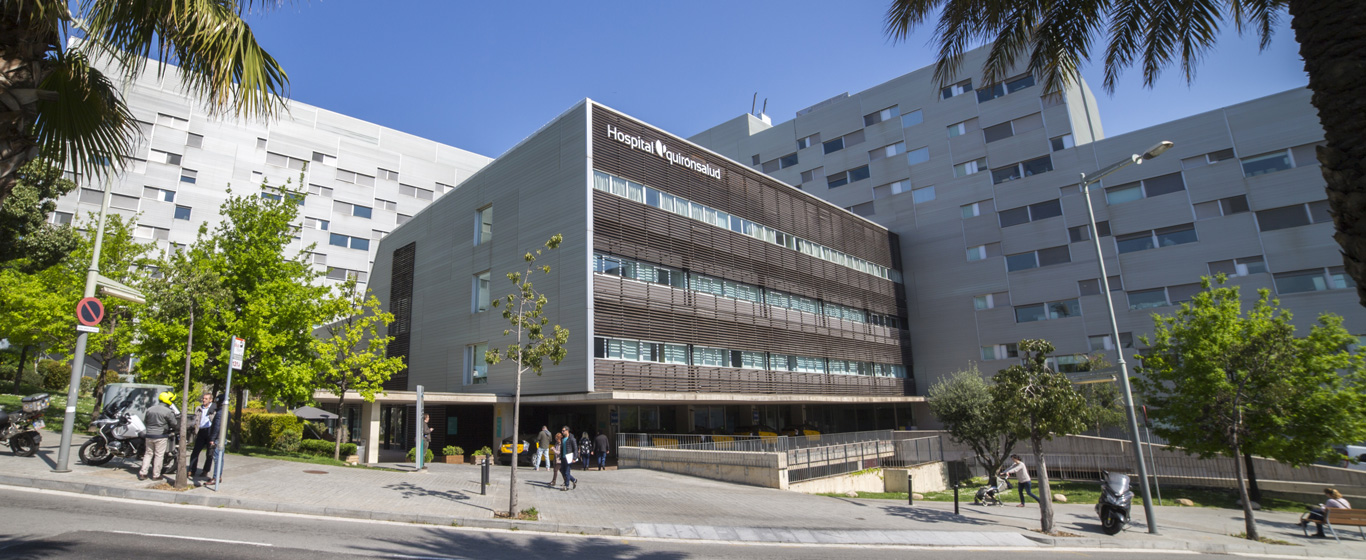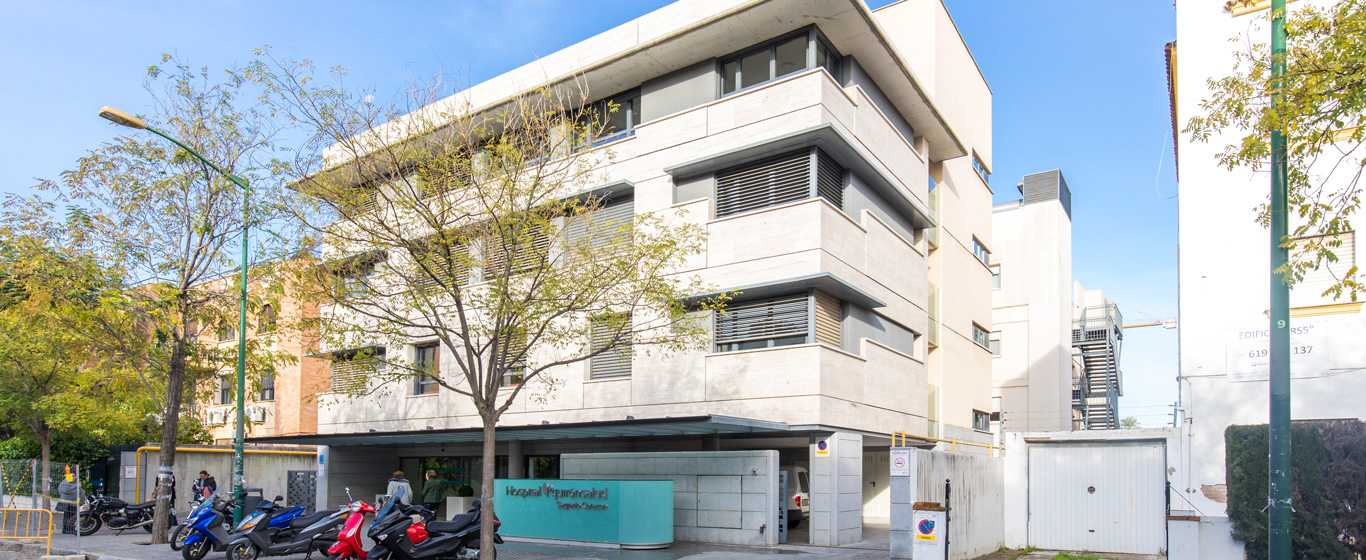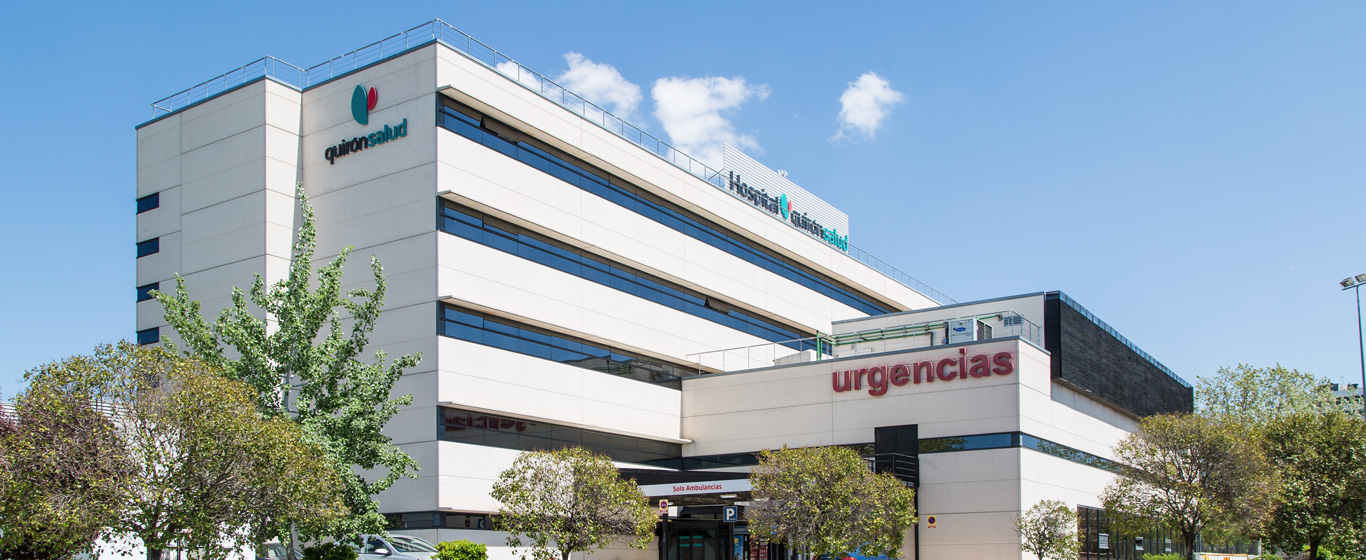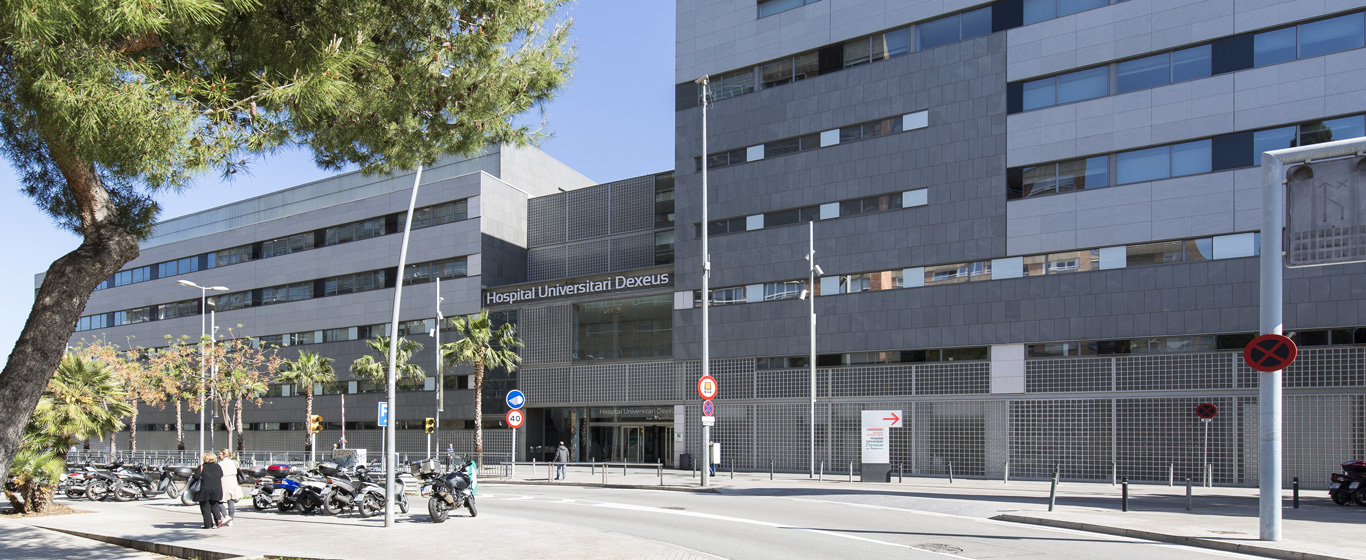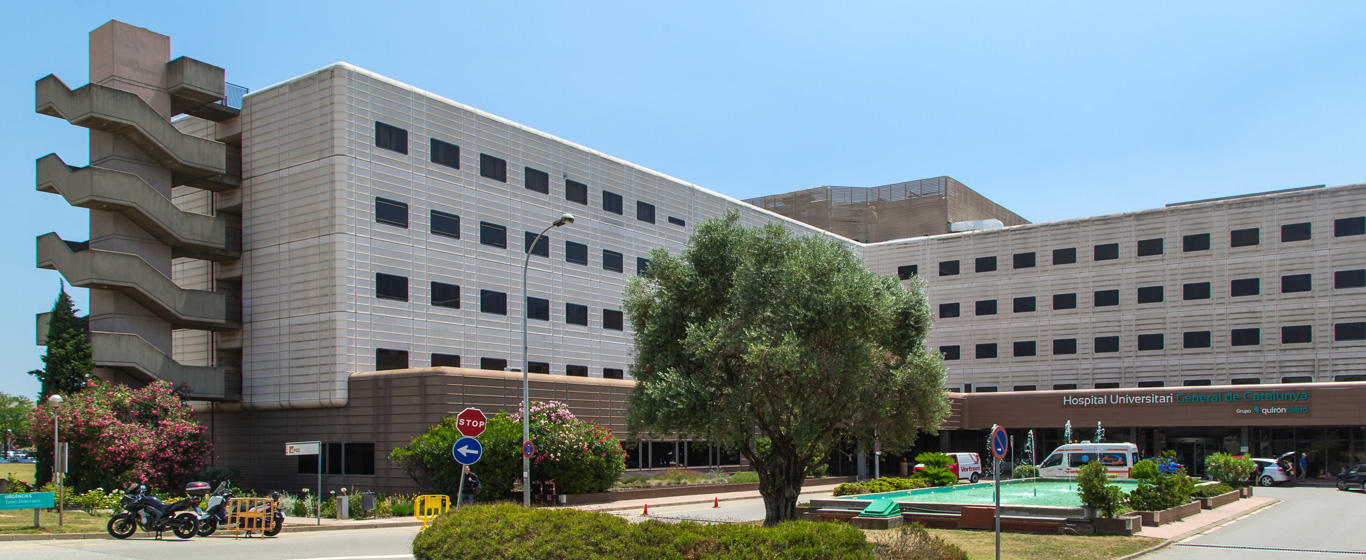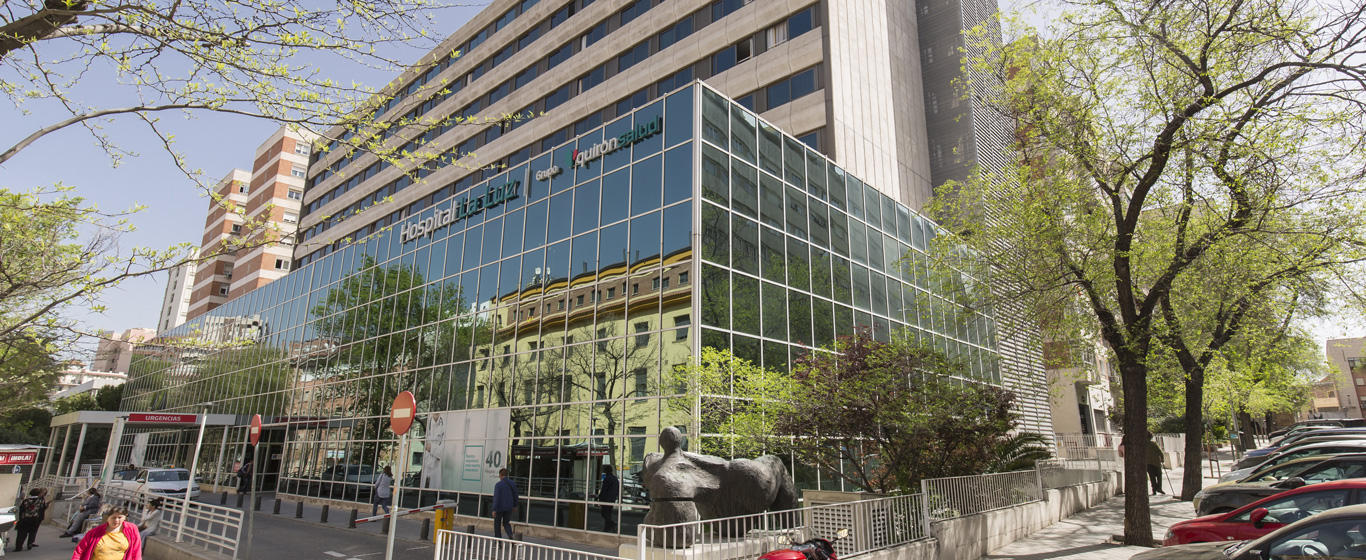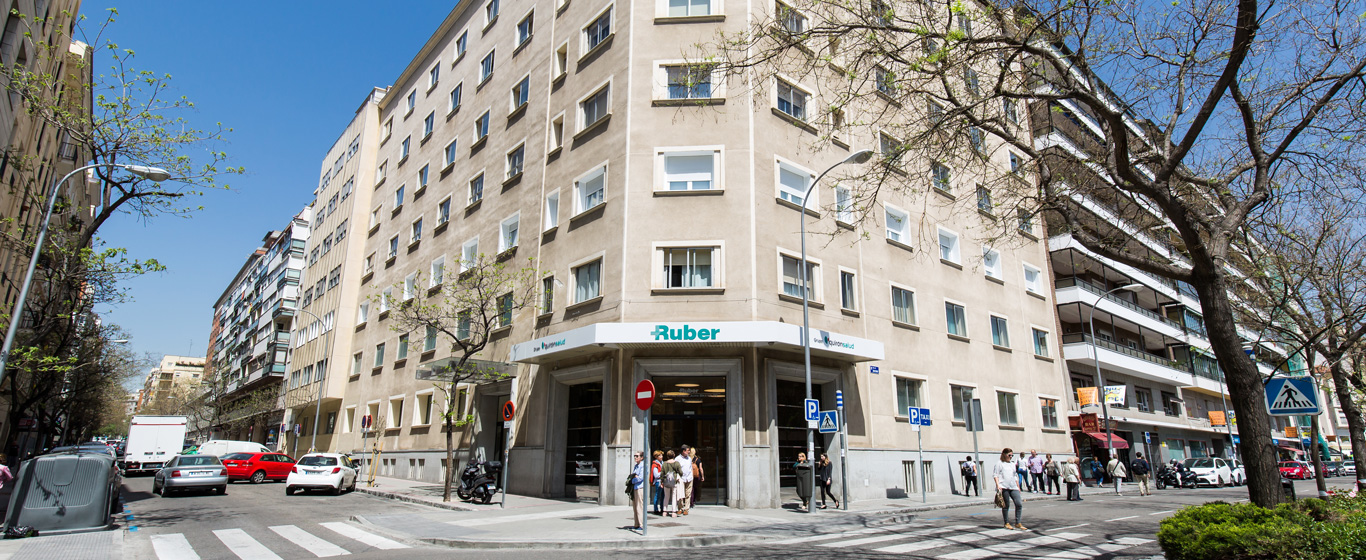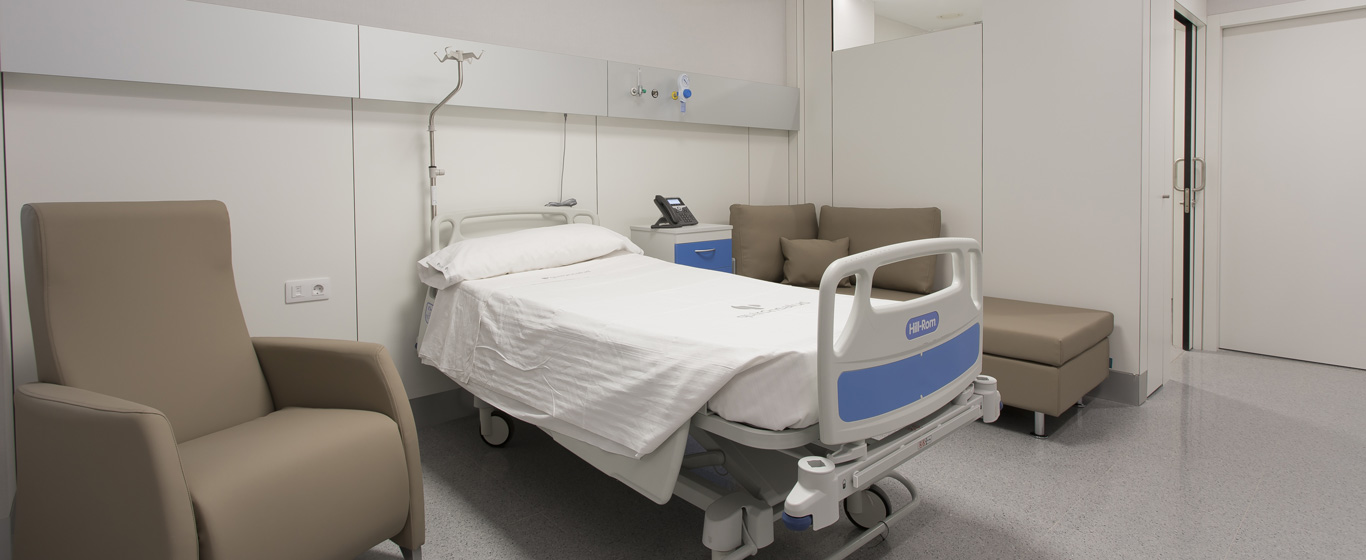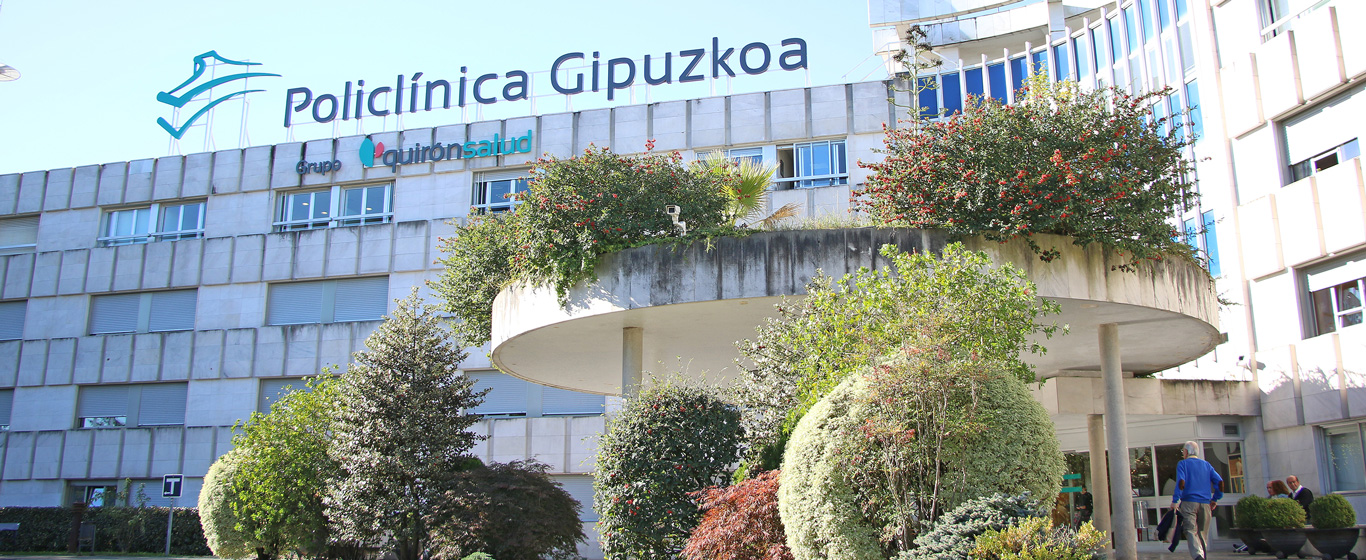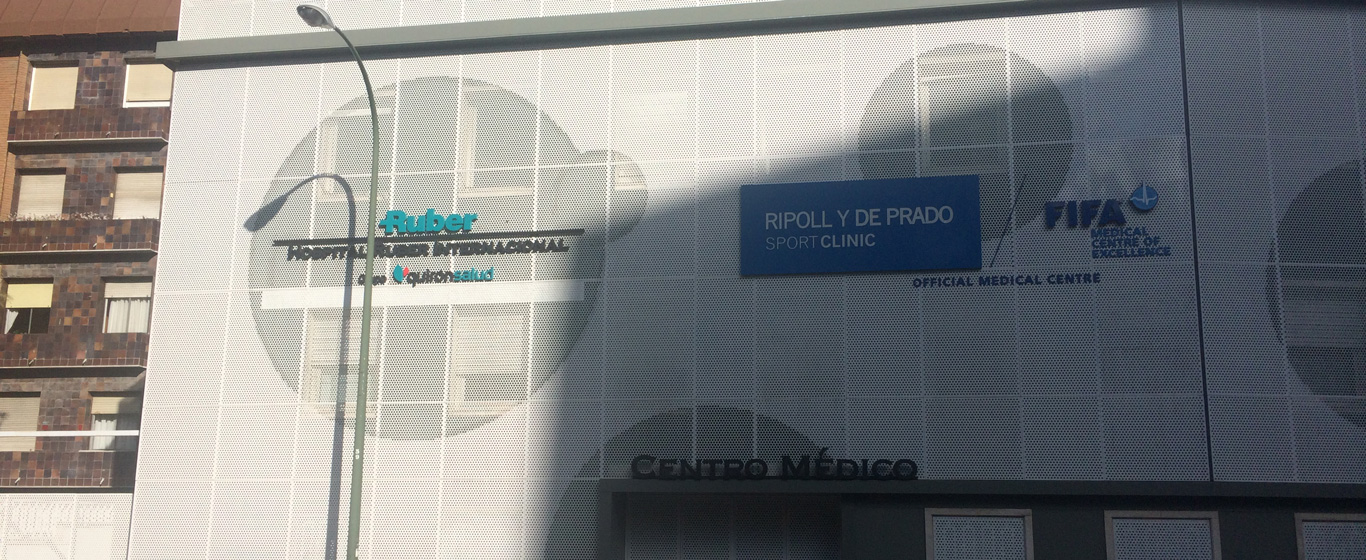Patellar Chondromalacia
Information on the causes, symptoms, diagnostic methods, and treatment of femoropatellar cartilage degeneration.
Symptoms and Causes
Patellar chondromalacia is the degeneration of the femoropatellar cartilage covering the patella (the knee bone where the femur and tibia meet), which is why it is also known as patellofemoral pain syndrome.
This condition is one of the most common causes of knee pain. It is usually a mild pathology but manifests chronically, alternating between asymptomatic periods and phases in which symptoms worsen.
Patellar chondromalacia is classically classified into four grades (Outerbridge): it is based on evaluating changes in the patellar cartilage through arthroscopy.
- Grade 1: the cartilage is softened.
- Grade 2: the cartilage has superficial fissures.
- Grade 3: deep fissures develop in the cartilage.
- Grade 4: the cartilage loses a large part of its thickness, exposing the subchondral bone (degenerative ulceration).
Contrary to what might be expected, the complexity of the knee means that symptoms are not always more severe with higher degrees of involvement. Therefore, the best way to determine the severity of the condition is through imaging tests.
Symptoms
The most characteristic symptoms of patellar chondromalacia are:
- Pain in the front of the knee that increases with activity (running, climbing stairs, squatting) or when sitting for long periods.
- Swelling.
- Increased sensitivity.
- Stiffness, especially when walking after remaining seated for a long time.
- Noises or crepitus when moving the knee.
Causes
Patellar chondromalacia can result from various causes, such as:
- Excessive use of the joint.
- Weak muscles, which reduces the cushioning effect during impact on the joint.
- Muscle imbalance in the hip or knee, leading to patellar misalignment.
- Trauma-related injuries.
- Anatomical abnormalities in the patella or femoral trochlea (the structure where the femur and patella articulate).
Risk Factors
Factors that increase the risk of developing patellar chondromalacia include:
- Being female: this condition is more common in women due to anatomical characteristics such as wider hips.
- Participating in high-impact sports such as running, basketball, soccer, or tennis.
- Performing squats with poor technique or excessive volume without progression.
- Spending long periods squatting or kneeling.
- Repeatedly climbing stairs.
- Overweight.
- Inappropriate footwear.
- Previous knee surgery.
Complications
Complications from patellar chondromalacia are generally not severe. In some cases, there may be resistance to treatment, intense pain, or injuries requiring surgical intervention. Over time, it may lead to osteoarthritis.
Prevention
The best ways to prevent patellofemoral pain syndrome are:
- Maintaining a healthy weight.
- Strengthening leg and hip muscles.
- Warming up before sports.
- Stretching after exercise.
- Learning safe knee movements.
- Using sport-specific footwear with proper cushioning and support.
Which doctor treats patellar chondromalacia?
Diagnosis and surgical treatment of patellar chondromalacia are carried out by specialists in traumatology and orthopedic surgery. Specialists in physical medicine and rehabilitation manage conservative treatment and patient re-education.
Diagnosis
To diagnose patellar chondromalacia and determine its severity, the specialist may perform the following tests:
- Medical history: a complete history to understand the patient’s medical background and habits.
- Physical examination:
- Palpating the joint in different positions.
- Checking responses to pressure in various areas.
- Analyzing gait.
- Assessing muscle condition.
- Knee MRI: provides images of the structures from all angles, creating a three-dimensional view. This allows evaluation of both bones and soft tissues (ligaments and cartilage).
- X-ray: provides two-dimensional images of the bones, used to rule out anomalies, injuries, or fractures with minimal radiation exposure.
- Ultrasound: a quick procedure to observe the condition of muscles and tendons.
Treatment
Treatment for patellar chondromalacia varies depending on its cause. In most cases, conservative approaches based on habit changes and rehabilitation exercises are preferred. This approach, which usually shows good results within approximately six months, typically includes:
- Initial rest period.
- Medication with analgesics and anti-inflammatory drugs to reduce symptoms.
- For acute symptoms or rapid recovery needs, such as in professional athletes, hyaluronic acid injections directly into the knee are used to increase lubrication.
- Ergonomic education to ensure proper movement posture.
- Personalized exercises:
- Muscle strengthening.
- Stretching to increase flexibility.
- Balance training.
When conservative treatment does not produce the expected results within eight to twelve months—a rare occurrence—surgery may be indicated. This is usually performed arthroscopically, requiring only two or three small incisions around the knee to introduce instruments. The most common procedures are:
- Chondroplasty: removal of articular cartilage.
- Release of the femoropatellar retinacular ligament: cutting the lateral ligament to reduce tension and allow correct patellar alignment.
- Adhesion resection: removal of scars formed in intra-articular tissue.
- Anterior tibial tuberosity osteotomy: cutting the tibia to elevate the tendon insertion when the patella is too high or lateralized.
Recovery after knee surgery for patellar chondromalacia ranges from three to twelve months, depending on the complexity of the procedure.







